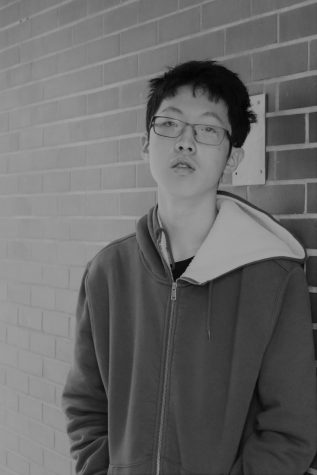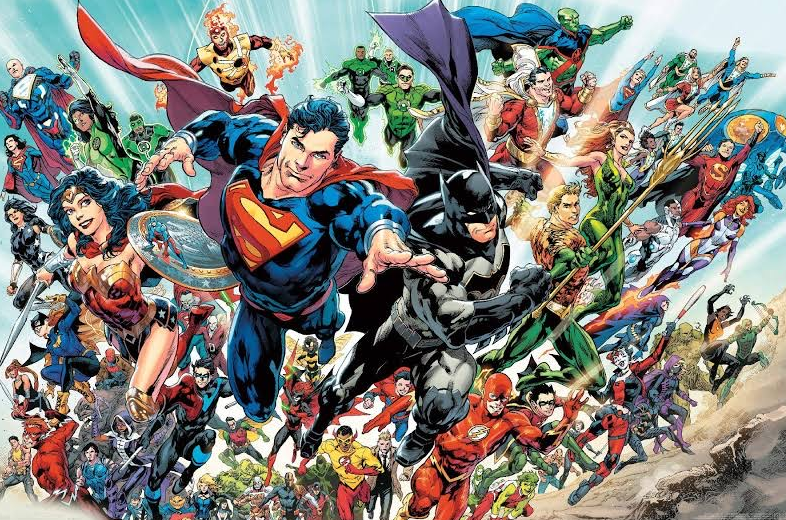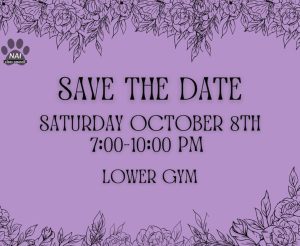Rising Juniors Weigh In on Mandatory Courses
Rising juniors have the freedom to choose their schedules with some notable restrictions.
February 18, 2022
NAI Sophomores were hit with a shock when teachers announced the details for scheduling for their first year at NASH. The excitement of seeing such a wide variety of options for their Junior year was called into question when students discovered that some of their selections had practically been predetermined.
Mandatory courses have always brought mixed emotions into the scheduling processes, but nowhere more does the controversy lie than with Social Studies and Physical Education.
For Social Studies, juniors are required to take either some level of Modern American History and Politics, or AP US History (often referred to as APUSH). While a variety of other courses are available, they can only be selected after a mandatory course is chosen.
One sophomore student (she/her)–who has chosen to remain anonymous (Sophomore A)-provided some interesting insight.
She explained that while she could understand the reasoning behind a required US History and Politics course–with the students being American citizens after all–she was concerned for students who did not want to take said course, especially for those “striving for Honors or AP classes,” as it could be potentially detrimental to their grades and(or) GPA to take an undesired course.
Still, despite her mild opposition to the mandate itself, she claimed to have no personal liking or distaste, stating, “I don’t really have any feelings towards it. I couldn’t care less if I took it (APUSH) or not.”
However, another sophomore (no pronouns given)–who has also chosen to remain anonymous (Sophomore B)–questioned the necessity for another year of US History and Politics when students already took a US history course in both eighth and ninth grade.
Sophomore B stated their distaste for US history as a whole, and claimed that they would “prefer taking AP Euro instead.” Specifically, they described the course as uninteresting because it focused solely on “one country.”
Students have just as wide of an array of options for Science as Social Studies, but unlike the latter, there are no required courses, meaning sophomores have more freedom to choose the specific field(s) of Science they want to study for their junior year.
Sophomore A provided a possible reasoning for this inconsistency, stating that it was simply because, “as US citizens, it would be normal to know certain parts of [US] history.” Because of this, she did not “blame the school for saying [the courses are] mandatory.”
However, she also recognized a possible counterargument, noting that students have already had plenty of US history courses in previous years.
On the other hand, Sophomore B simply described the inconsistency as “dumb,” and found it extremely frustrating.
Alongside the complications with Social Studies was the requirement for students to continue Physical Education.
In order to graduate, students must earn at least 2 credits for Health and Physical Education, and they must attain at least half a credit per year. Therefore, all students are required to take PE for the their entire high school career.

Sophomore A wasn’t as indifferent about the requirement for Physical Education courses, claiming that although she could once again see a possible explanation for the requirement–a need for “fitness or physical [activity],” and training and education on “staying healthy and being active,”–she argued that there was “a time and place for that outside of school.”
She also felt that if students did or participated in “enough physical activity outside of school,” and it was “clear that they [did not] need class time working out,” they should be exempted from having to take a Physical Education class.
Sophomore B displayed a similar opposition, only to a slightly higher degree. The only explanation they saw for PE being mandatory was that it could “theoretically help people be healthier.”
However, they also reported their observations, claiming that “most people don’t try, and don’t apply anything taught in [PE] anywhere else.” Because of this, they saw PE as “kinda pointless.”
The student also criticized the length of the class, stating that it was “too short,” particularly for the swimming unit in NASH, where students allegedly had to spend a considerable amount of time getting changed.
Additionally, both students showed a personal disliking for PE in general, with the second sophomore explaining that it was because they did not “like exercising in the middle of the school day,” and also for the lack of variety in what students are taught.
Luckily for these two students, these mandatory courses did not prevent them from fitting in other courses that they wanted into their schedule. However, the lack of freedom, and the fact that these two yet-to-be Juniors were forced into a course(s) that they did not enjoy, certainly put the current mandates into question.












